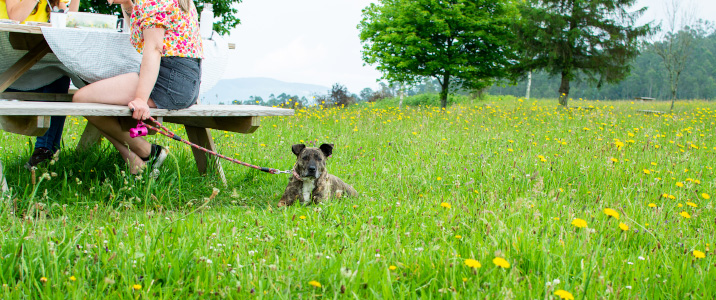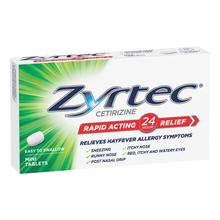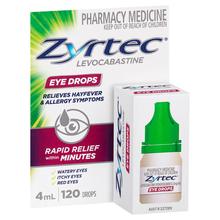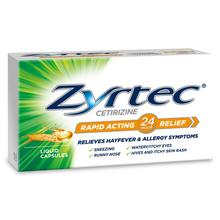The technical term is allergic rhinitis, but hayfever (or hayfever allergy) is another name for common allergies to things like grass or tree pollen, mould spores, dust mites or pet dander (called allergens). Those with hayfever have symptoms like sneezing, runny nose and itchy, watery eyes.
hayfever_causes.jpg

What causes hayfever?
The cause of hayfever is not, in fact, hay. The term was coined in the 19th century when the symptoms were thought to be due to the odour coming from newly mown hay.
The truth is, like any allergy, the cause of hayfever is the immune system’s overreaction to something in the environment. In fact, this allergen—something that’s actually harmless—is perceived as a threat, just like a virus or bacteria invading the body. As the immune system gears up to take on this threat, a chemical called histamine is released in the body, causing inflammation and all the unpleasant symptoms.
There are actually two types of hayfever:
- Seasonal allergic rhinitis (seasonal allergies) usually occurs in the spring, summer and early autumn. Typical allergens come from outdoor sources like grass, tree and weed pollen, mould spores, and decaying leaves.
- Perennial allergic rhinitis (year-round allergies) is usually caused by things that are present all year, especially indoors, like pet dander, insect parts, dust mites or indoor mould.
Minimising hayfever symptoms
There are several ways you can minimise the symptoms of hayfever, depending on whether your triggers are indoor or outdoor allergens.
Reducing indoor allergens
- If you have pets, make sure they are bathed weekly, and ask a non-allergic person to handle brushing and nail trims, clean litter boxes, etc.
- Vacuum carpets often, and have them professionally cleaned on a regular basis.
- Install HEPA filters in your ventilation system to reduce airborne allergens.
- Seek out and eliminate indoor mould.
Avoiding outdoor allergens
- Stay inside during peak pollen periods (that means time of year, and time of day). You can check the Australian Pollen Allergen Partnership for pollen forecasts in your area.
- Use air-conditioning in your home and vehicle, rather than fans or vents that draw air from outside.
- Keep doors and windows closed to keep out pollen.
Hayfever treatment
Hayfever is usually treated with prescription medication or over-the-counter antihistamines. These products block the effects of histamine in the body, helping to stop allergy symptoms in their tracks.



